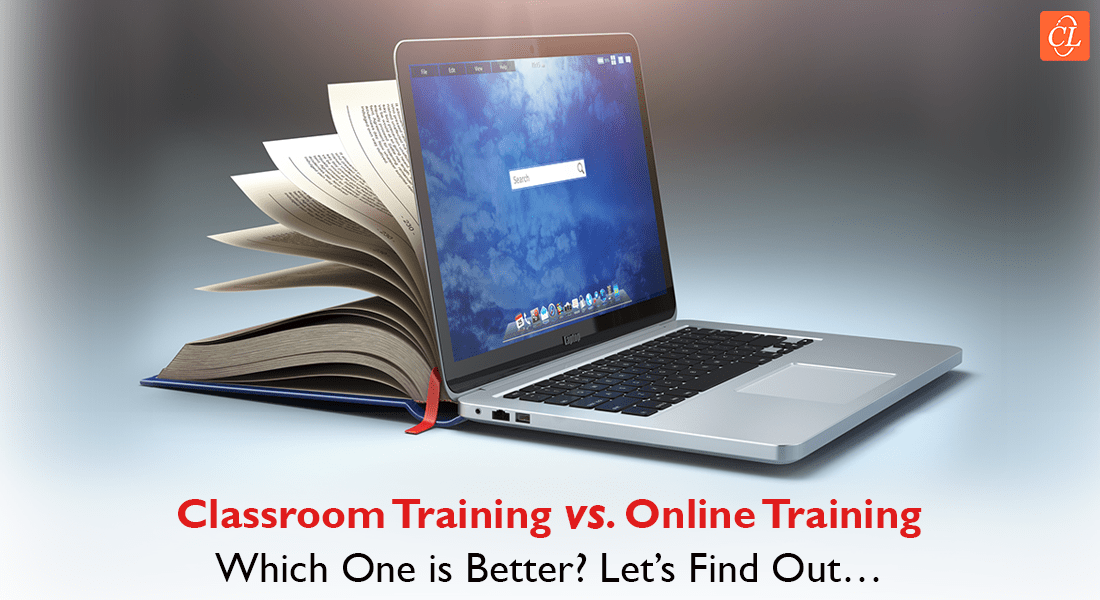Why Switch from Classroom Training to E-learning

Classroom training is a good option for organizations that has minimum number of employees, but for multinational companies who have their presence in different countries, e-learning is the best fit. Let’s look at some benefits of e-learning in this blog.
Some benefits of e-learning as against classroom training:
1. Cost effective:
If you have a global presence, classroom training needs infrastructure and instructor, which incurs huge investments, but if it is an e-learning course, we can deploy the same course in different locations.
2. Accessibility:
Learners can access a course anywhere and anytime if they are pursuing an e-learning course. Conversely, in classroom training, gathering employees at one place may be a challenge and if learners are not able to attend a session on a particular day, then they cannot re-attend that session.
3. Learning at one’s own pace:
According to adult learning principles, the learner may not feel comfortable to sit in the classroom for long hours. But with e-learning, the learner can access the course from anywhere at home, while travelling, and so on. Also employees, who are slow learners, may not understand what is being taught in class and may not therefore fully master the skills. However, in e-learning, slow learners can rewind the course as many times as they want and can master the content presented.
4. Updating:
If there is a change in course content, updates can be made easily in the courses. In case of classroom training, the training should be scheduled again.
5. Immediate results:
When learners complete a course, they can immediately take an assessment or quiz and know the result as soon as they complete the course. They do not have to wait for the instructor to announce the result. In case learners fail in a test, he can reattempt the course and also take on the assessment another time. Learners can identify their mistakes using the given feedback. Contrary to all this, in classroom training, it takes time to announce the results.
6. Tracking:
Tracking of learner’s records like courses attended, time taken for the course, marks obtained in assessment, book marking and so on can be done using the Learning Management System (LMS). In case of classroom training, the learner’s record has to be done manually, which is not only a time-consuming task but may also lead to incorrect recording and time taking.
Hope you find this post informative. These are some of the benefits of e-learning. Have anything to say? Please do share!





